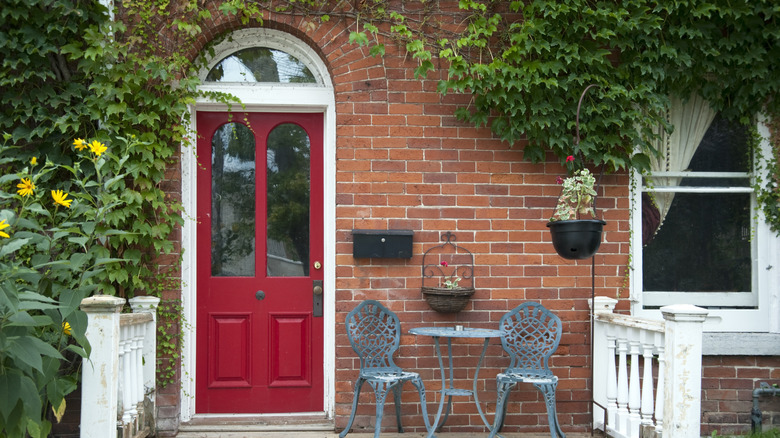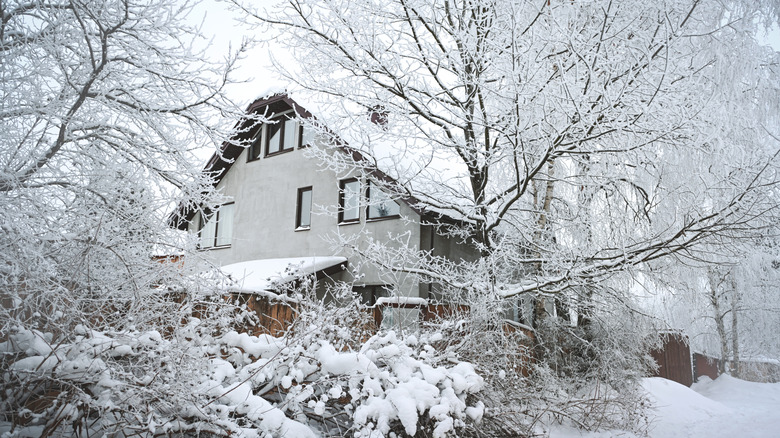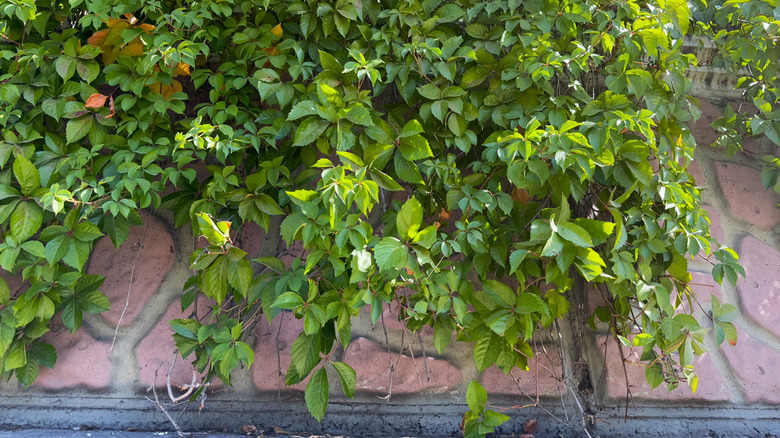Can Adding Climbing Vines To Your Home Lower Your Energy Bill?
No one likes opening their monthly bills, particularly the heating and cooling bills. If rising utility costs make you wonder how to save money and still have your home at a comfortable temperature, you might look for ways to help reduce your energy costs. One of the more creative ways some say you can enjoy a reduced utility bill is by adding climbing vines to your home. Is it true? Yes, according to the U.S. Department of Energy, investing in energy-efficient landscaping, such as climbing vines or trees, can help you decrease your energy bill, sometimes by more than 20%. When you plant vines near your home, their presence offers shade and insulation, lowering the interior temperature. In the winter, they continue acting as an insulator, keeping warm air from escaping to help with your heating costs. These plants also act as a windbreak to keep cold air from entering your home.
Throughout the United States, households are experiencing sticker shock as they read their latest utility bill. Due to energy suppliers' recent rate hikes, extreme weather variations, and increased demand, Americans are seeing (and paying for) the cost of these changes. While specific energy costs vary by state, the average bill is $136.84, per the U.S. Energy Information Administration. Regardless of where you live, you might want to decrease your heating or cooling costs, and using strategically-placed vines is an easy, cost-effective way to make it happen.
How planting climbing vines can lower your home's energy bills
Planting climbing vines offers a faster way to enjoy lower electricity costs, especially compared to how long it takes a shade tree to grow. Like trees, vines provide shade and help reduce your home's solar heat gain by acting as a protective layer on the exterior. As a result, less heat hits its walls and windows, keeping the temperature cooler inside the home. Fewer temperature fluctuations in your home put less demand on your air conditioner, leading to a reduction in energy costs.
Creating a living wall on or near your home with vines also offers cooling through a process called transpiration. Similar to how humans sweat, vines release their water intake as a vapor, with the emitted moisture helping cool the air around them, dropping the temperature by as much as 10 degrees or more. It's a continual process as well, as transpiration increases as the temperature rises. A University of California Los Angeles study examined the effective nature of vines' microclimates, or the atmosphere around the plants, in managing temperature on homes and school buildings. During the experiment, researchers observed the temperature of exposed surfaces were 45 degrees Fahrenheit higher than the air temperature and 61 degrees higher than the vine-covered surface. The study, conducted across several building sites, showed the power of the plants in cooling the home.
Improving your home's warmth in winter with climbing vines
In the cooler months, your home's vines aid with insulation, helping retain heat inside with passive warming. In particular, deciduous vines, such as climbing hydrangea, are useful in winter. After they shed their leaves, it allows the winter sun to shine through the vine directly onto the home, warming the walls through solar heat gain. This results in your heating system running less frequently thanks to the reduced amount of warm air escaping through the walls.
Vines also serve as windbreaks and deflect the winter wind away from the house. With a reduction in air movement, they help mitigate the effects of cold winter chills on your home's exterior walls. These pockets of "dead air" help with insulation as a thermal buffer, which is crucial as cold, windy days cause the most heat loss. They're mostly useful when planted near the northern and western sides of a home, due to coldest winds often originating from these directions. According to the University of Missouri Extension, adding plants as windbreaks can reduce a home's winter fuel use by up to 25%, which makes vines a valuable component in energy-efficient landscaping.
Choosing and planting vines to cool your home
Adding vines can make a significant difference in your home's energy use, but it's critical you choose the right options for your space and location. Not all plants are created equal, and some, like English Ivy, are invasive vines you should definitely know about before adding them to your landscaping. Consider native options as they've adapted to the area's environmental conditions, and benefit nearby pollinators. For the best shade and cooling, you should plant your vines near your home's south or west-facing walls . Ensure you encourage good airflow by establishing your trellis a minimum of a foot away from your home to reduce humidity, especially if you live in a very humid area. The air movement around the plant will help increase the vines' transpiration, helping cool the surrounding air faster.
To maximize your heat in winter, plant near the northern walls. Using deciduous vines lets you have both summer cooling and winter warming through your home, as the leaves will fall off in the cooler months. Among these are Virginia creeper and native wisteria. If you reside in a warmer climate, and aren't concerned about winter winds, plant species such as pink trumpet, mandevilla, or an evergreen such as crossvine. Whatever you plant, consider the vine's climbing style: twining, clinging, or via tendrils. Their climbing method will likely inform which species you select, so pay attention to each plant's needs.



